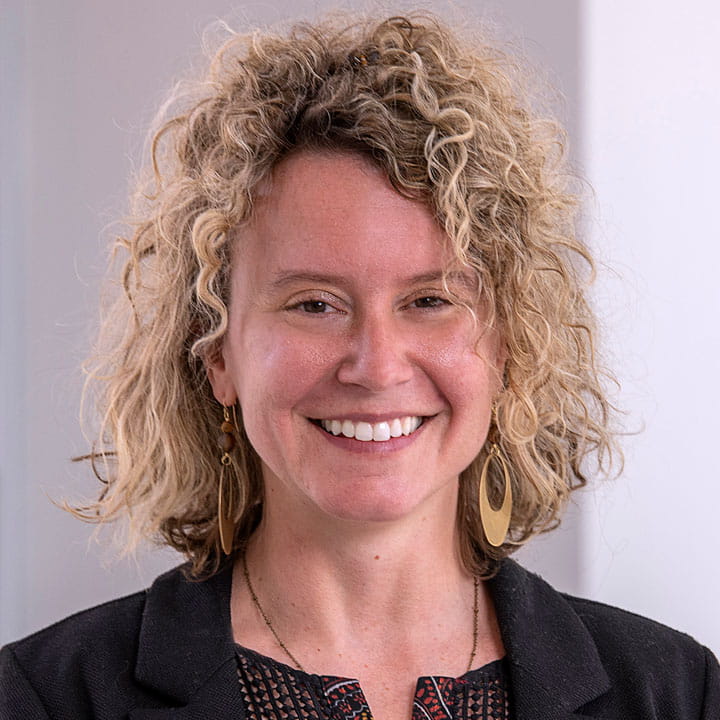
If you’re like most American women, you probably aren’t aware of the symptoms of one of the most aggressive and deadly forms of breast cancer. That’s according to a recent national survey conducted by The Ohio State University Comprehensive Cancer Center – Arthur G. James Cancer Hospital and Richard J. Solove Research Institute (OSUCCC – James).
The survey — which was conducted online among 1,100 U.S. women ages 18 and older — revealed that, while 4 in 5 women (78%) recognize a lump in the breast as a sign of breast cancer, fewer than half of women would flag redness of the breast (44%), pitting/thickening of the skin (44%) or one breast feeling warmer or heavier than the other (34%) as possible symptoms of breast cancer, specifically, the rare and highly aggressive form of the disease known as inflammatory breast cancer (IBC cancer).
Inflammatory breast cancer, a ‘sneaky disease’
Inflammatory breast cancer isn’t widely recognized, in part because it’s a rare form of breast cancer and in part because it often masquerades as a breast infection.
“Although inflammatory breast cancer only represents 1% to 5% of all breast cancers in the United States, it is a sneaky disease and challenging to diagnose,” says Ko Un Park, MD, a surgical oncologist who leads a new Inflammatory Breast Cancer program at the OSUCCC – James’ Stefanie Spielman Comprehensive Breast Center.
And while building awareness of the symptoms for women is critical, so too is the importance of educating the medical community on how to detect the disease.
“It is critical that clinicians have a high level of familiarity with its subtle signs and be prepared to take immediate action to avoid belated diagnosis,” Dr. Park says.
Understanding the warning signs of inflammatory breast cancer
Inflammatory breast cancer can occur in any part of the breast. Ohio State experts advise that all women should familiarize themselves with inflammatory breast cancer symptoms, which include:
- an orange peel-like texture or dimpling of skin.
- a feeling of heaviness.
- a tightening of the skin.
- an engorgement of the breast.
- an infection-like redness.
“Women should know that radical changes to the breast are not normal, and breast self-exams are still very important. Some 50% of inflammatory breast cancers are diagnosed as stage 4 disease,” says Dr. Park. She notes that, even in the medical community, physicians and providers are not accustomed to thinking about a red breast as a sign associated with inflammatory breast cancer because it’s such a rare disease.
The bottom line, according to Dr. Park, is that it’s important to recognize both changes in the appearance of your breasts and in the feel of your breasts and to immediately discuss those with your physician.
Mobilizing rapid inflammatory breast cancer treatment
Dr. Park, along with breast radiologist Amy Kerger, DO, is behind a new effort to triage and rapidly respond to inflammatory breast cancer cases.
They spearheaded the development of the new Inflammatory Breast Cancer program at the OSUCCC – James. The team is designed to provide “whole care” for the patient, including surgical, medical and radiation oncologists, as well as breast radiologists, plastic/reconstructive surgeons, physical therapists and nurses.
“Our goal is to push these patients to the front of the line, rapidly mobilizing a treatment plan so that therapy can begin as soon as possible,” Dr. Park says.
The team is working with primary care providers and obstetricians/gynecologists to bring more awareness of inflammatory breast cancer and the nuances of diagnosing and treating this disease.
Survey methodology
This survey was conducted online within the United States by The Harris Poll on behalf of The Ohio State University Wexner Medical Center from Sept. 22-26, 2022, among 2,044 U.S. adults ages 18 and older, among 1,100 of whom are women. The sampling precision of Harris online polls is measured by using a Bayesian credible interval. For this study, the sample data is accurate to within +/- 2.8 percentage points using a 95% confidence level. For complete survey methodology, including weighting variables and subgroup sample sizes, please contact Amanda.Harper2@osumc.edu.

The choice for cancer prevention is clear
Schedule your mammogram with the experts at The James, who understand there is no such thing as a routine mammogram.
Schedule Now





